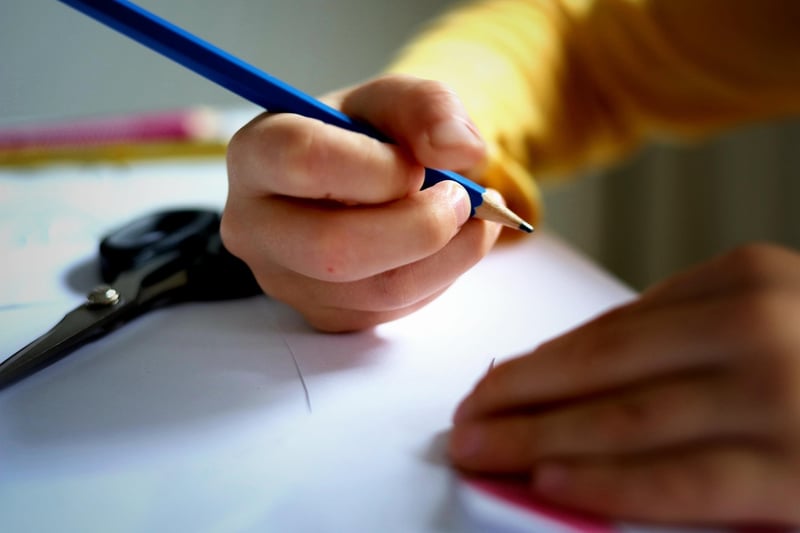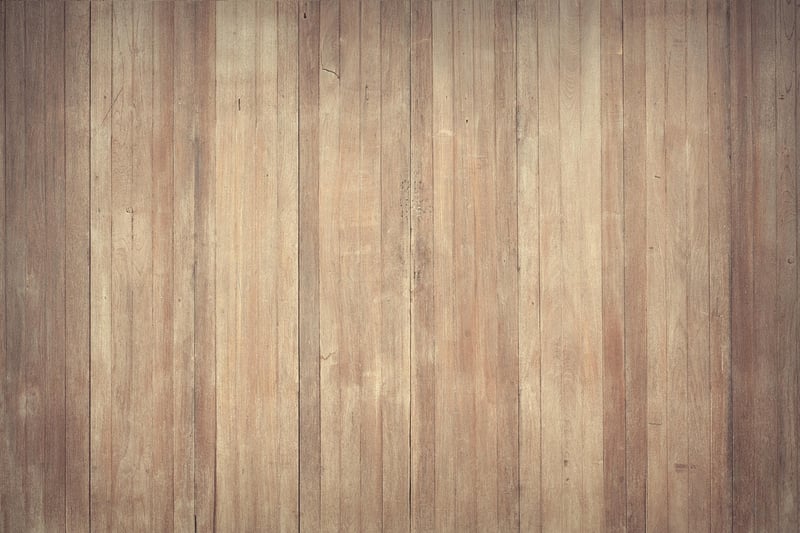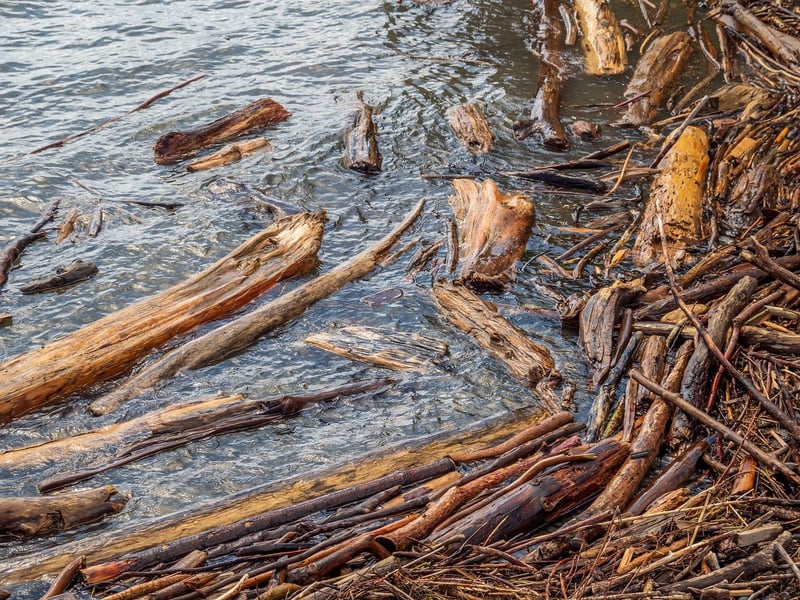Texture Variation
The Art of Enhancing Visual Appeal with Texture Variation

In the world of design, texture plays a crucial role in creating visually appealing and engaging compositions. By incorporating texture variation into your projects, you can add depth, interest, and dimension, making your work stand out and come to life.
Understanding Texture
Texture refers to the surface quality of an object, be it visual or tactile. In design, texture can be actual (tactile) or implied (visual). Actual texture is physically felt through touch, like the roughness of a stone surface, while implied texture is simulated visually, such as a printed image of wood grain.
The Importance of Texture Variation
Texture adds richness and complexity to designs. By combining different textures, you can create contrast and focal points, guiding the viewer's eye and creating visual interest. Smooth textures can complement rough textures, creating a harmonious balance that enhances the overall appeal of your work.
Techniques for Incorporating Texture Variation
- Layering: Build depth by layering textures, such as combining a rough fabric with a smooth metal surface.
- Contrast: Create visual interest by juxtaposing textures with opposing qualities, like pairing soft velvet with hard stone.
- Pattern Play: Experiment with patterns to introduce texture variation, such as using geometric patterns alongside organic textures.
- Material Mix: Mix materials like wood, glass, and metal to add diverse textures that engage the senses.
Examples of Texture Variation in Design
Take inspiration from nature, architecture, and everyday objects to observe how texture variation is used to create captivating visuals. Study how different textures interact and complement each other to achieve a harmonious design.

Experiment and Explore
Don't be afraid to experiment with texture in your designs. Mix and match textures, play with light and shadow, and push the boundaries of traditional design conventions. The more you explore texture variation, the more dynamic and visually compelling your creations will become.
Texture is a powerful tool that can transform ordinary designs into extraordinary works of art. Embrace texture variation, unleash your creativity, and elevate the visual appeal of your projects to new heights.
